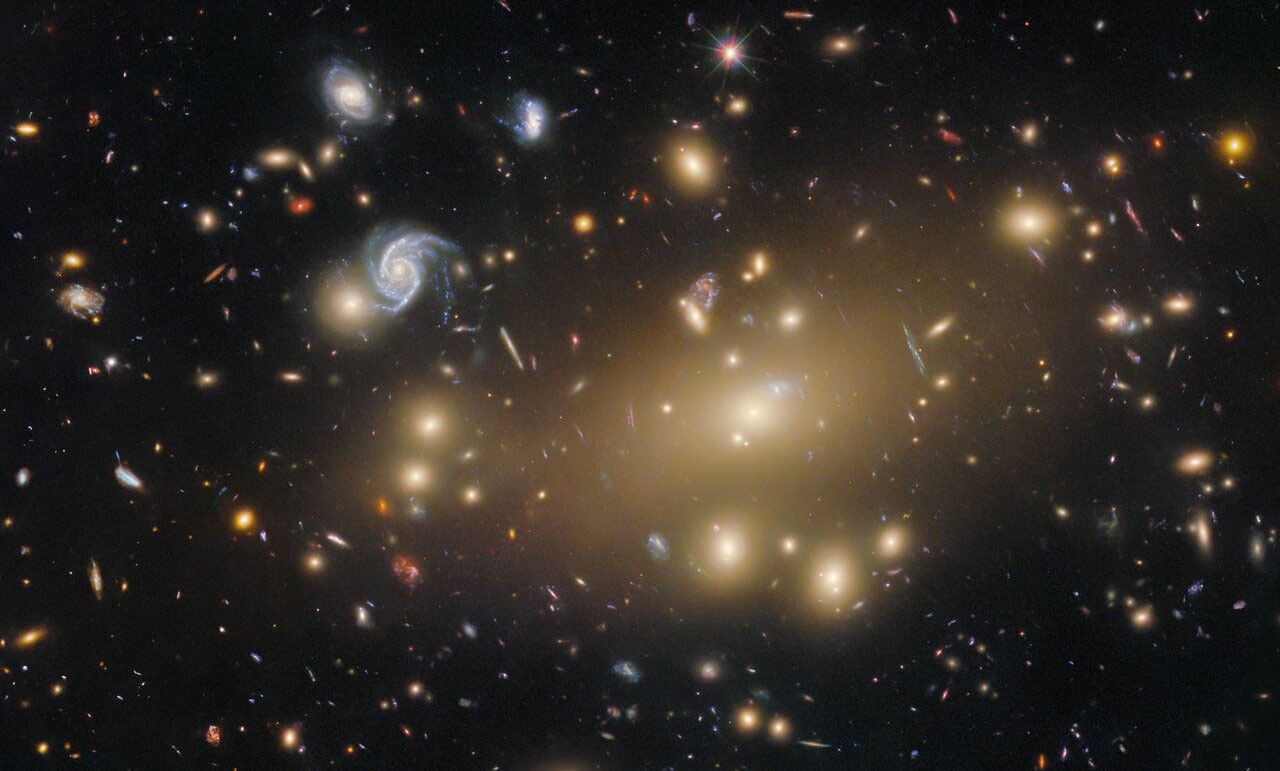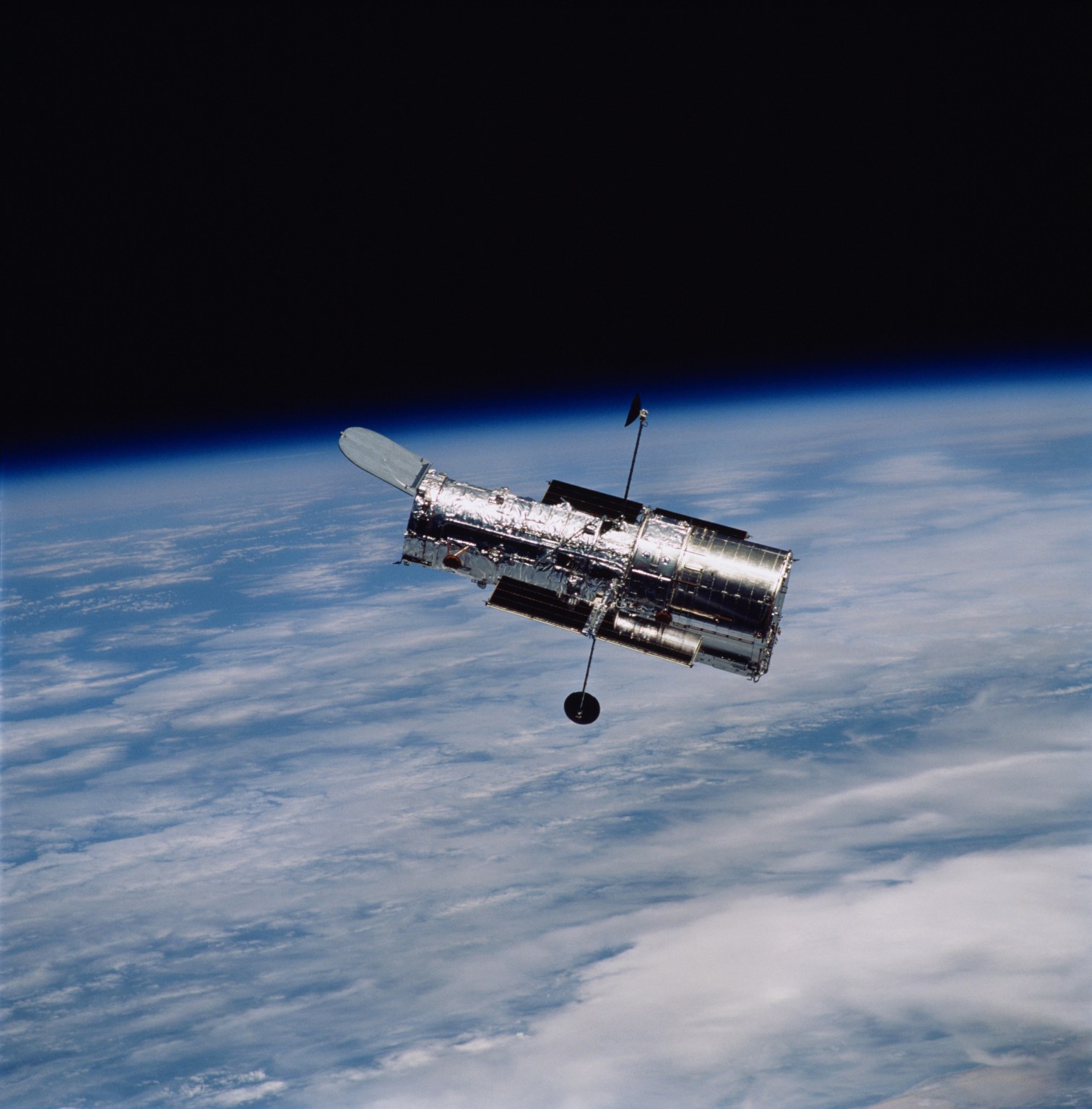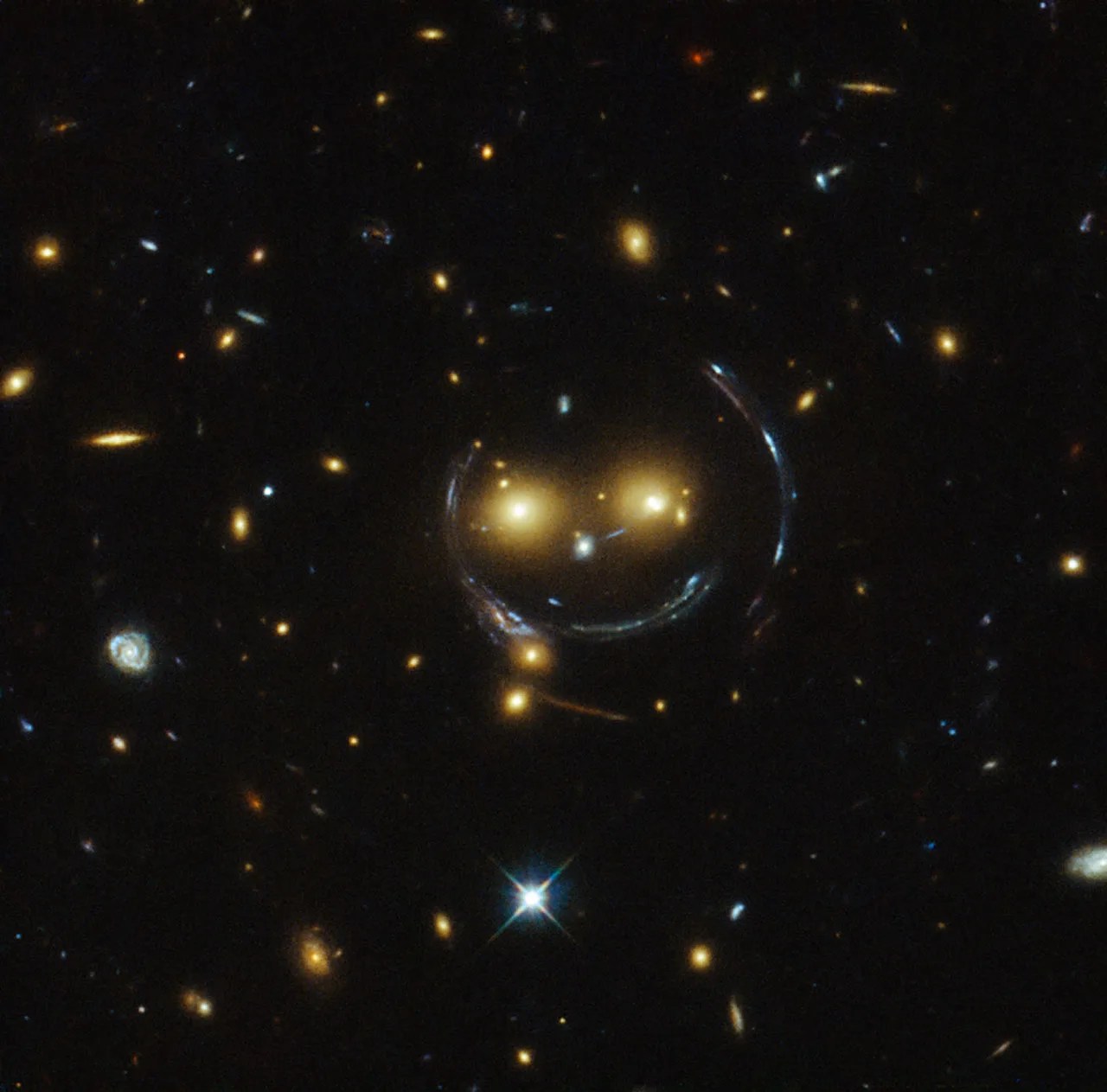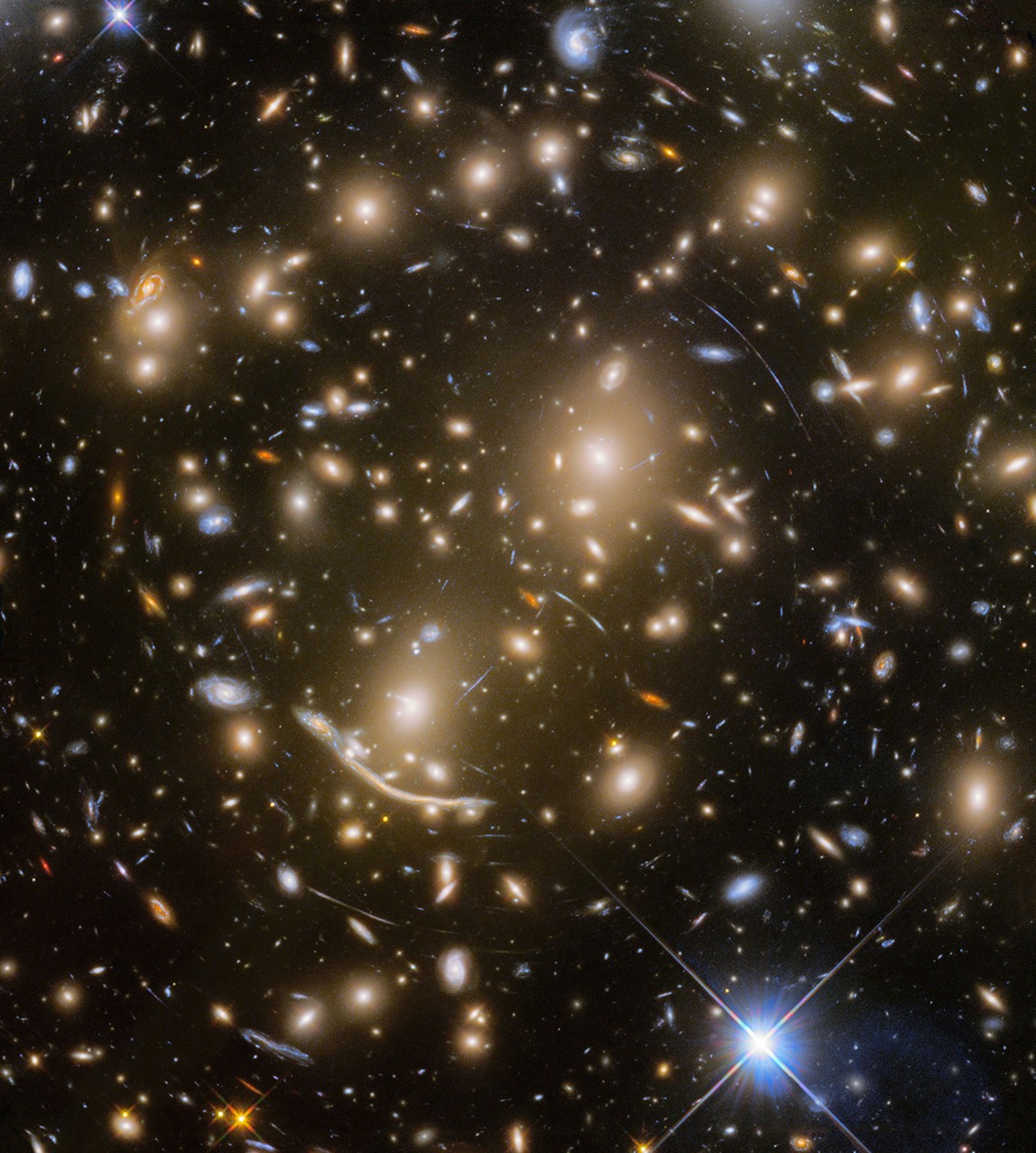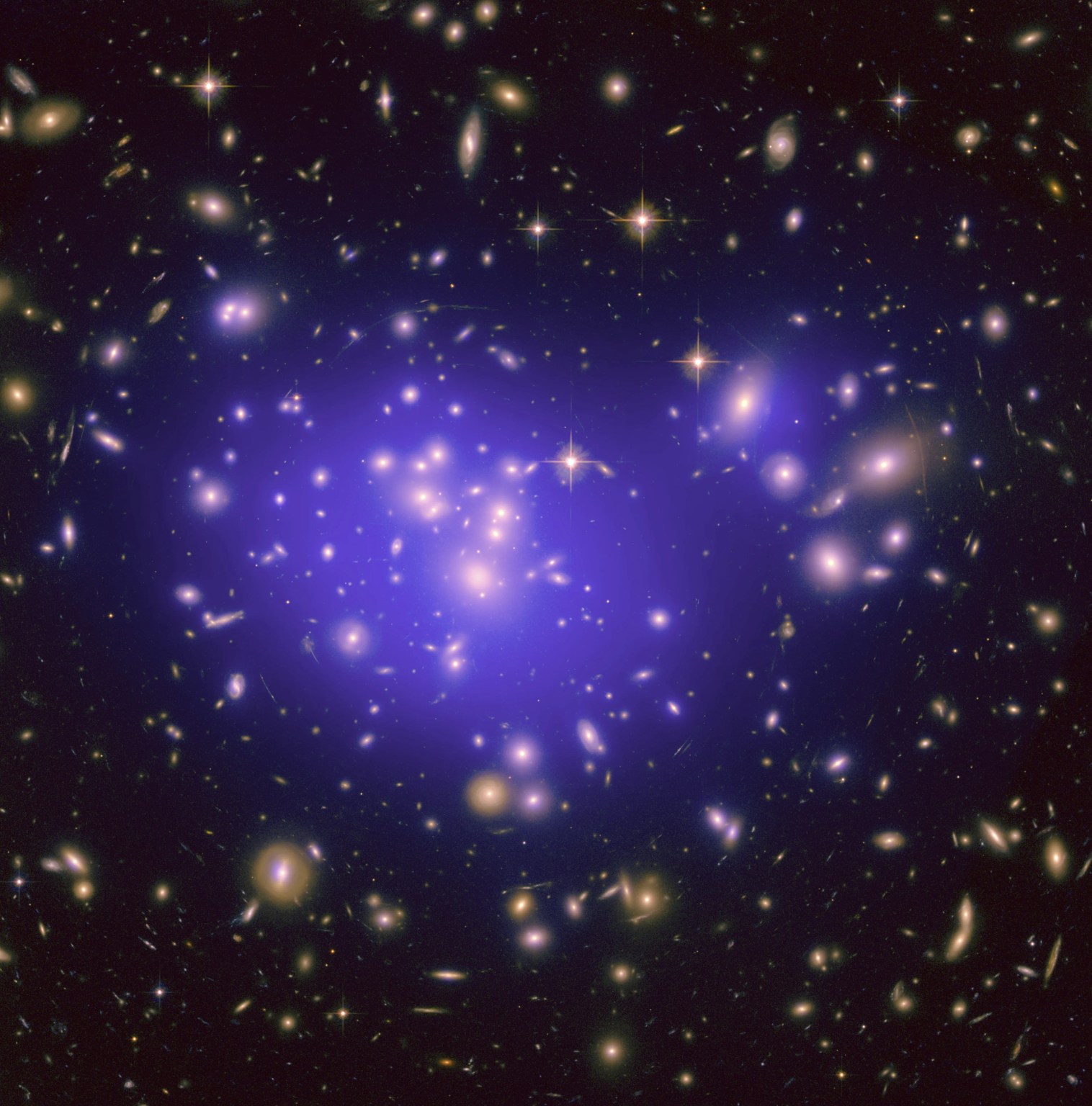Hubble Snaps Galaxy Cluster’s Portrait
- Hubble Space Telescope has captured an image of galaxy cluster Abell 209, located 2.8 billion light-years away, showcasing over 100 galaxies and hot, diffuse gas.
- The image provides a unique opportunity to study dark matter, a form of matter that does not interact with light, by observing its gravitational influence on normal matter.
- Hubble’s observations can help answer fundamental questions about the universe, including mysteries surrounding dark matter and dark energy, through techniques like gravitational lensing.
- By analyzing the distortion of galaxies within the cluster, astronomers can map the distribution of mass, including dark matter, which is critical for testing theories of how our universe evolved.
- The Hubble Space Telescope has been instrumental in changing our fundamental understanding of the universe since its 1990 launch and continues to provide valuable insights into the mysteries of the cosmos.
2 min read
Hubble Snaps Galaxy Cluster’s Portrait
A massive, spacetime-warping cluster of galaxies is the setting of today’s NASA/ESA Hubble Space Telescope image. The galaxy cluster in question is Abell 209, located 2.8 billion light-years away in the constellation Cetus (the Whale).
This Hubble image of Abell 209 shows more than a hundred galaxies, but there’s more to this cluster than even Hubble’s discerning eye can see. Abell 209’s galaxies are separated by millions of light-years, and the seemingly empty space between the galaxies is filled with hot, diffuse gas that is visible only at X-ray wavelengths. An even more elusive occupant of this galaxy cluster is dark matter: a form of matter that does not interact with light. Dark matter does not absorb, reflect, or emit light, effectively making it invisible to us. Astronomers detect dark matter by its gravitational influence on normal matter. Astronomers surmise that the universe is comprised of 5% normal matter, 25% dark matter, and 70% dark energy.
Hubble observations, like the ones used to create this image, can help astronomers answer fundamental questions about our universe, including mysteries surrounding dark matter and dark energy. These investigations leverage the immense mass of a galaxy cluster, which can bend the fabric of spacetime itself and create warped and magnified images of background galaxies and stars in a process called gravitational lensing.
While this image lacks the dramatic rings that gravitational lensing can sometimes create, Abell 209 still shows subtle signs of lensing at work, in the form of streaky, slightly curved galaxies within the cluster’s golden glow. By measuring the distortion of these galaxies, astronomers can map the distribution of mass within the cluster, illuminating the underlying cloud of dark matter. This information, which Hubble’s fine resolution and sensitive instruments help to provide, is critical for testing theories of how our universe evolved.
Text Credit: ESA/Hubble
Media Contact:
Claire Andreoli (claire.andreoli@nasa.gov)
NASA’s Goddard Space Flight Center, Greenbelt, MD

